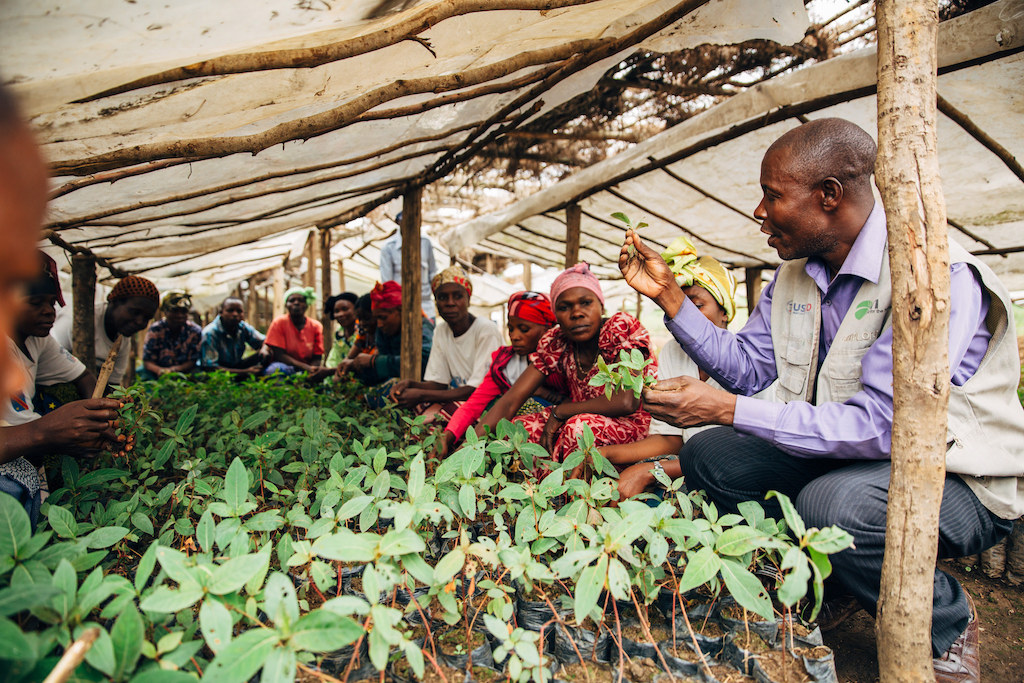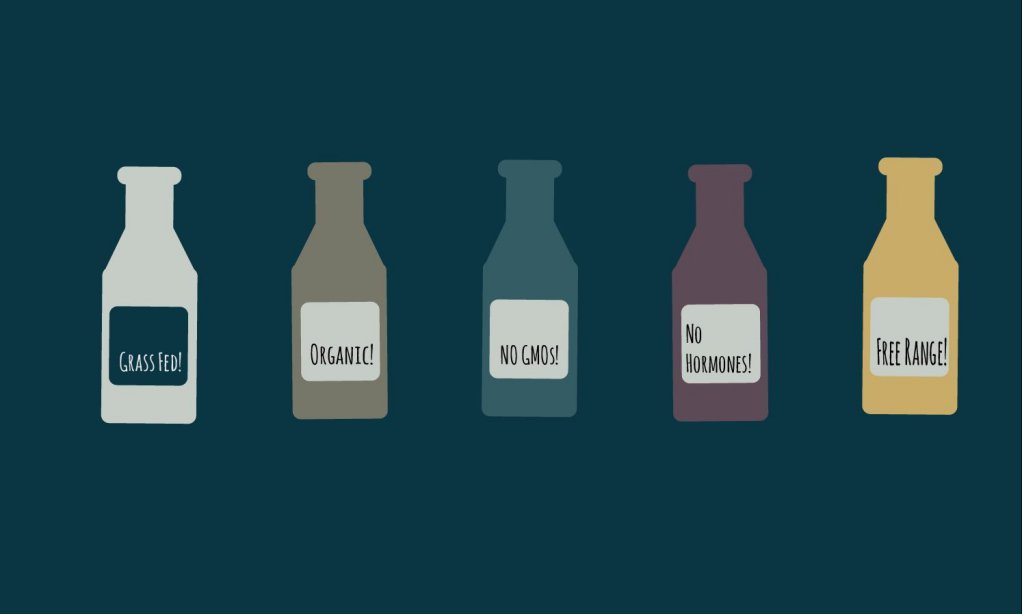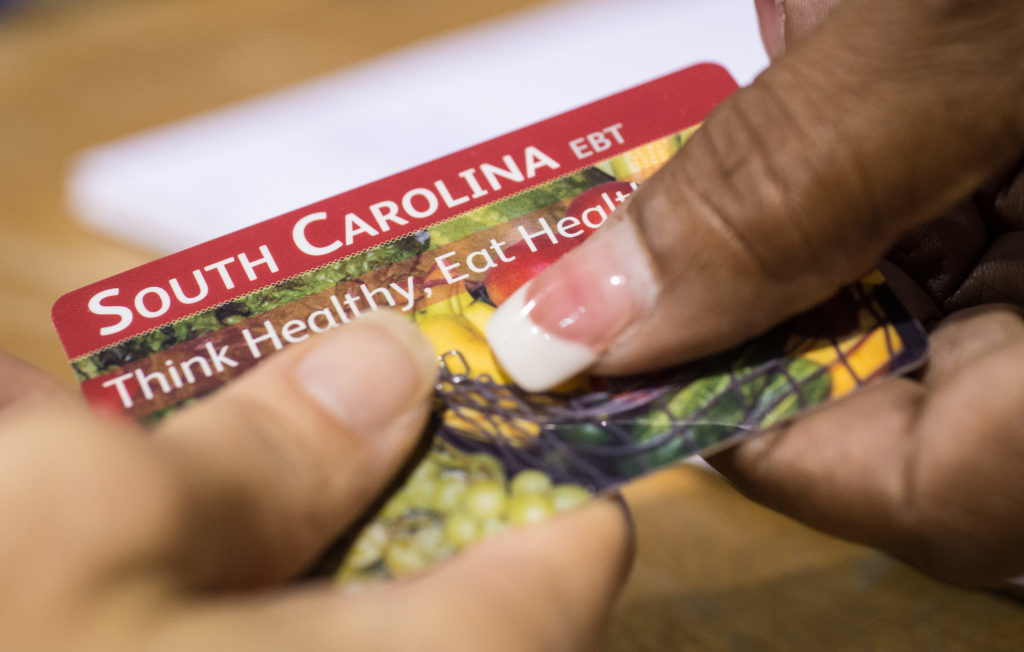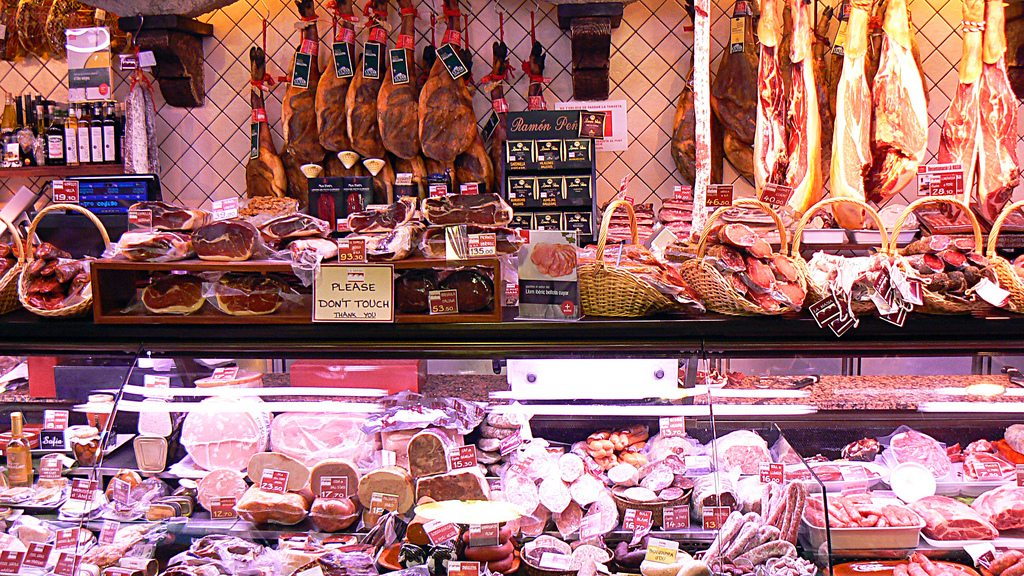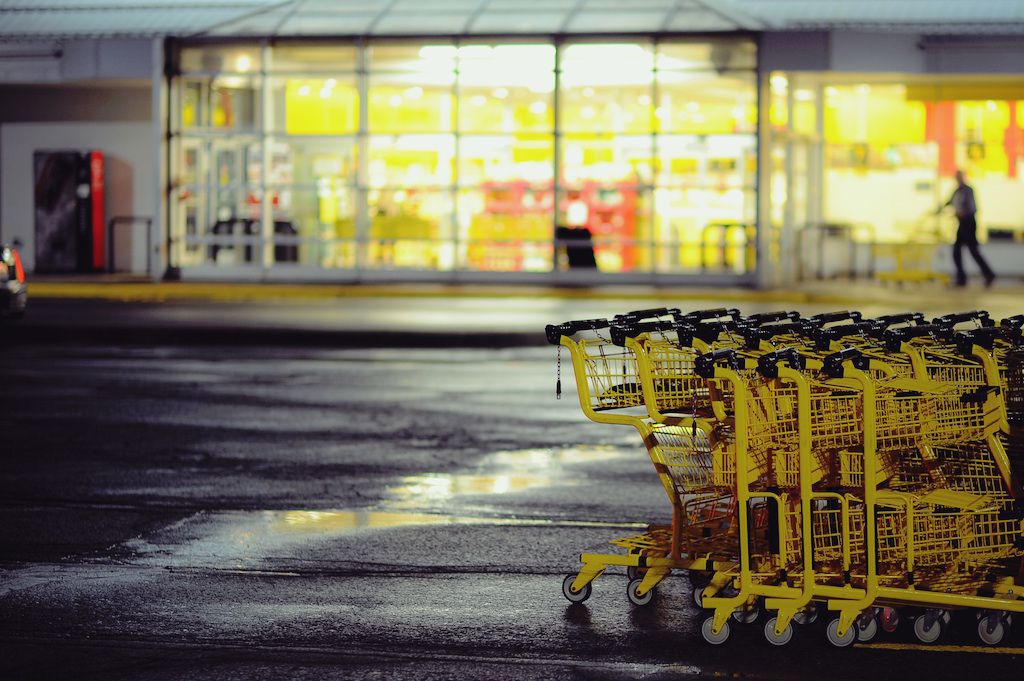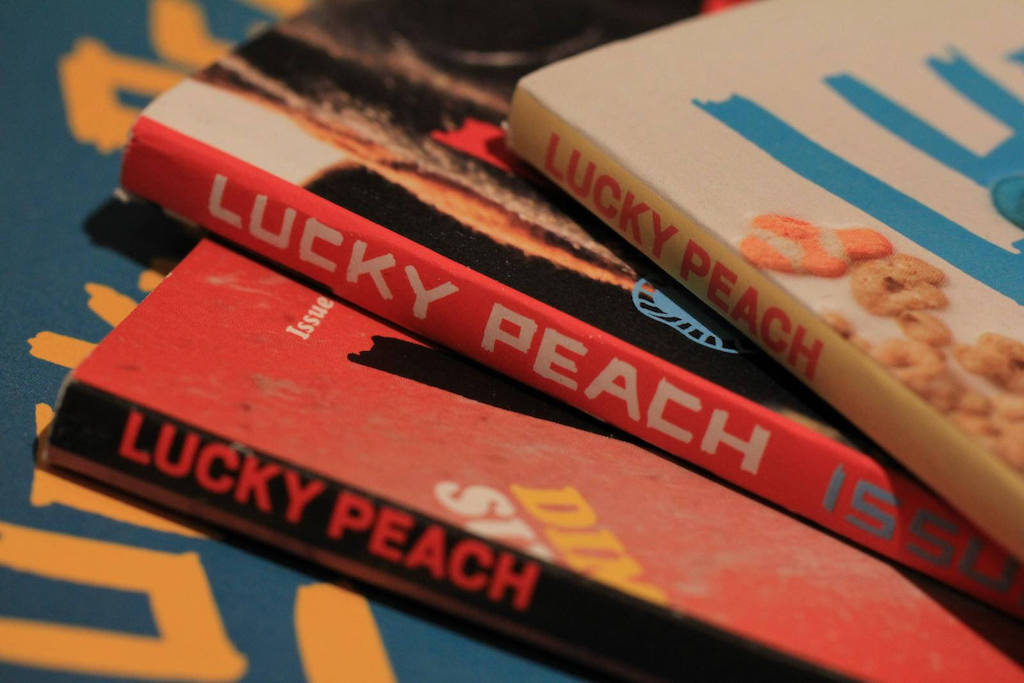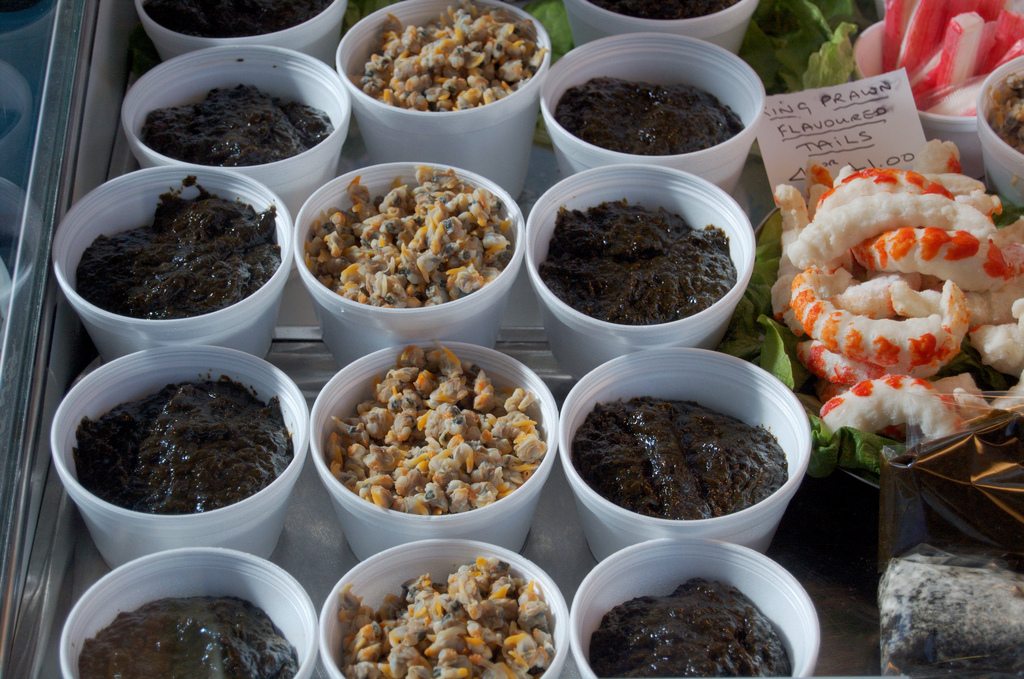What if the best way to aid hungry people in other countries is to stop shipping American food abroad?
That’s what lawmakers from both sides of the aisle want to see happen. Last week, Republicans and Democrats in the House and Senate introduced the Food for Peace Modernization Act of 2018, which they hope will be a substantive update to the existing program, currently reauthorized every five years as part of the farm bill. If passed, it would mark the most radical—and progressive—change to America’s food-aid commitments since the program was established in 1954.
The existing law requires that 100 percent of the food we ship to hungry people in other countries be purchased in the United States. This new legislation would reduce that number to 25 percent and allocate the remaining funding for more direct assistance. It’d also end a practice called “monetization”—more on that later.
According to a press release from Senator Corker’s office, the shift in policy would allow the United States Agency for International Development (USAID), which administers the program’s funds, to feed 9 million more people without spending any extra money. It seems like a win-win: loosen up some restrictions, allow aid organizations to do what they do best, and save lots and lots of lives. (This isn’t a new idea—politicians including Corker tried to revamp Food for Peace during the last farm bill negotiations without much success.)
But like all things in American politics, the Food for Peace program is tangled up in a lot more than food and peace. It’s difficult to reconcile the popular imagery of helicopters dropping packages of staples into natural disaster-stricken communities with the fact that only 30 cents of every dollar taxpayers contribute to Food for Peace is spent on actual food. But here we are: It’s 2018, and the amount of food sent to hungry people abroad actually fell 60 percent over the last generation.
So where does all our food-aid money really go? Critics argue it has artificially propped up shipping companies and food processors for years.
At the outset, food aid was primarily intended to make use of the gigantic grain surplus that resulted from agricultural policies that guaranteed minimum prices to farmers
A quick history lesson: Food for Peace was set up to do a lot more than provide humanitarian aid. (In fact, feeding hungry people was about fifth on the list of priorities when the program launched in the 1950s.) According to Professor Christopher Barrett, author of Food Aid After Fifty Years and a professor of applied economics and management at Cornell University, at the outset, food aid was primarily intended to make use of the gigantic grain surplus that resulted from agricultural policies that guaranteed minimum prices to farmers. Turns out it’s way cheaper to donate that grain to other countries than to pay to store it in this country.
Second, Food for Peace was meant to sustain the U.S. shipping economy by guaranteeing that vessels would always have something to carry across the ocean on the government’s dime. The Cargo Preference Act, passed in 1954, established that food aid must be shipped on American vessels. The move secured a revenue stream for ships, which were important to the government at the time because it wanted to be able to call on them as needed during conflicts.
The third objective was to build export markets in other countries—get Bolivians accustomed to cooking with free white flour, the logic goes, and they’re more likely to buy it when their economy matures. And the fourth goal was to make friends with other countries. Barrett explains all of this in much clearer detail in a video series he did in 2011, available in six parts on Cornell University’s website.
Objective number five, as we know, was staving off famine.
There’s one more weird rule that governs Food for Peace that’ll be important later: In the 1980s, Congress told NGOs receiving American food aid that they had to start reselling at least 10 percent of non-emergency food aid in their local markets, a number which has since been increased to 15 percent. So, if an NGO in Nigeria receives a 200-ton shipment of American flour, it has to resell 30 of those tons on the local market for cash (typically at a discount). “The intent was to make sure that the NGOs could cash out the food to get enough money to cover costs of internal transport, storage, handling, all the transactions costs associated with getting food from a port to intended recipients,” Barrett says in his video. That practice—monetizing non-emergency food aid—made sense in principle: various NGOs could fund their own administrative costs by reselling food in the countries where they operated. But as Barrett explains, once NGOs realized how much cash the practice could generate, they became reliant on it. When he wrote his book in 2005, he estimated NGOs made about $1 out of every $8 of their operating costs reselling the food that was meant to be feeding starving people.
You can start to see why changing this inefficient system has gotten so complicated. The very agencies that should be the strongest advocates for making Food for Peace more efficient are also funding a significant proportion of their operations off its inefficiencies. The New York Times explored this tension in 2007 when a major NGO opted out of receiving U.S. food aid entirely, arguing that the monetization program undercut local farmers.
The shipping rules are similarly dated. The U.S. no longer relies so heavily on private vessels to support the military. And while shipping fleets have shrunk dramatically over the years, they’re still benefitting immensely from the Cargo Preference Act. Barrett’s research has shown that, in the decade from 1991 to 2000, the Food for Peace rules actually led to an increase in the price of shipping food by 69 to 78 percent. “In other words, you’re paying three-quarters more to ship food around the world in humanitarian emergencies than you would if you hired out on a private basis on the open market,” he says in his video series.
During the George W. Bush administration, international development agencies were able to set up a few pilot programs that tested distributing cash, rather than food, to humanitarian groups. It worked pretty well—the U.S. government was no longer spending most of its aid money on transporting heavy food across wide oceans. In 2013, the Obama administration tried to take those reforms even further. But they were met with opposition from the shipping industry and humanitarian groups like International Relief and Development—the NGOs who make about $1 in $8 from reselling food—NPR reported at the time.
The 2014 farm bill reforms were pretty minimal compared to what’s being proposed now. They allowed $80 million of the total program to buy food locally and made some modest changes to the controversial monetization rules. A senior policy advisor for Oxfam International called the 2014 reforms “modest first steps.”
If it passes—and its sponsors claim they have the support of major NGOs and the Farm Bureau, so the chances look good—the Food for Peace Modernization Act would certainly help shore up the legacy of retiring Senator Corker, who also led the charge in the 2013 efforts. But it would also mark an extraordinarily progressive shift in a program that has chugged along virtually unchanged for six decades: rather than subsidize agribusinesses and guarantee shipping companies a well-paying customer, the highest priority for Food for Peace would be to feed the hungry.
It’s been a long time coming, but this bill sure sounds a lot like modernization.
